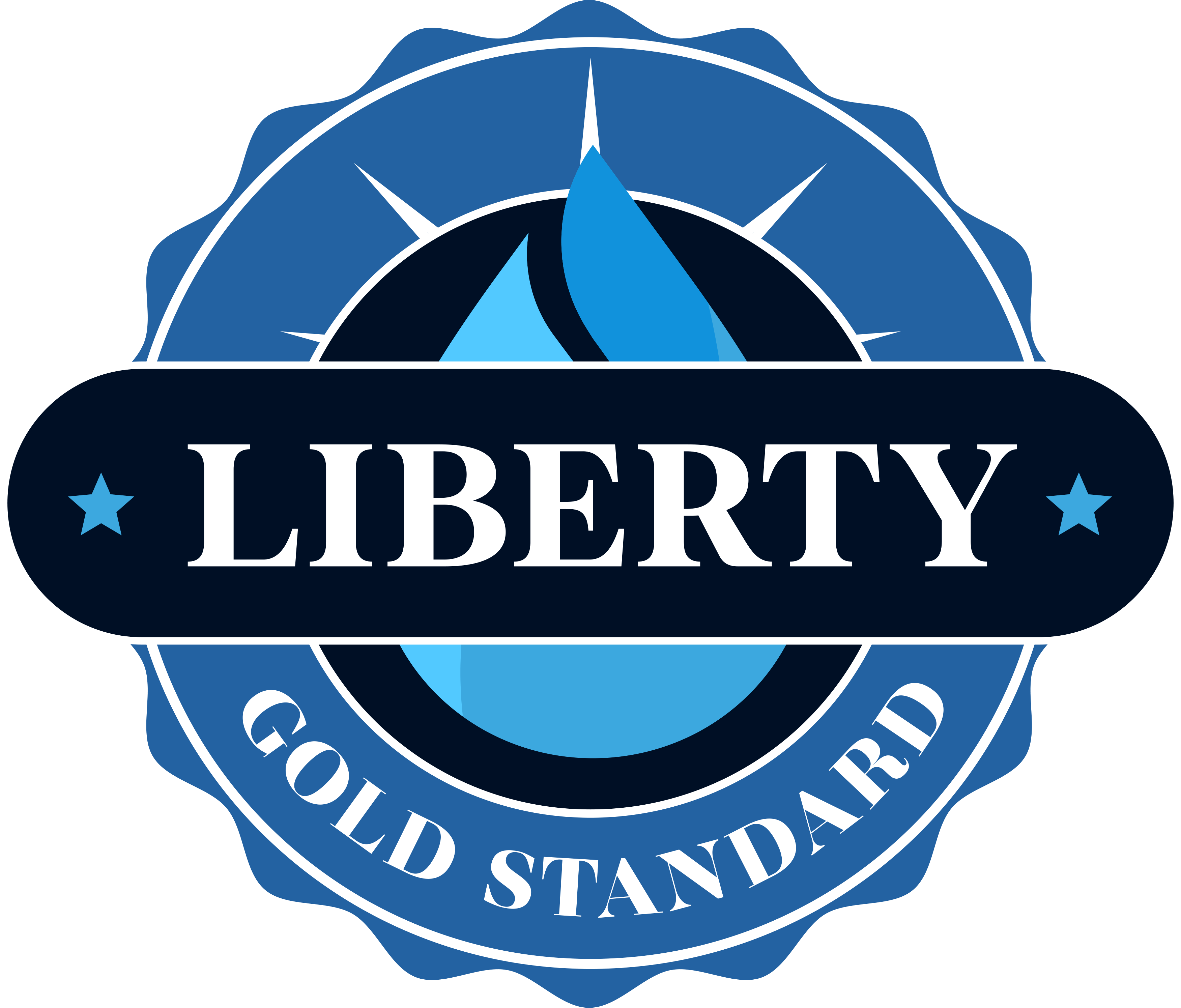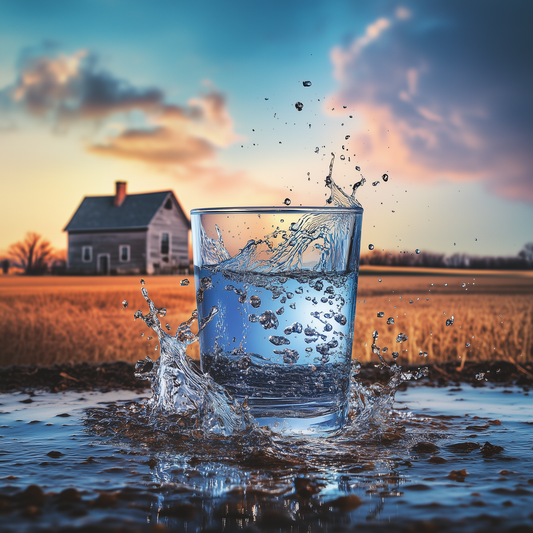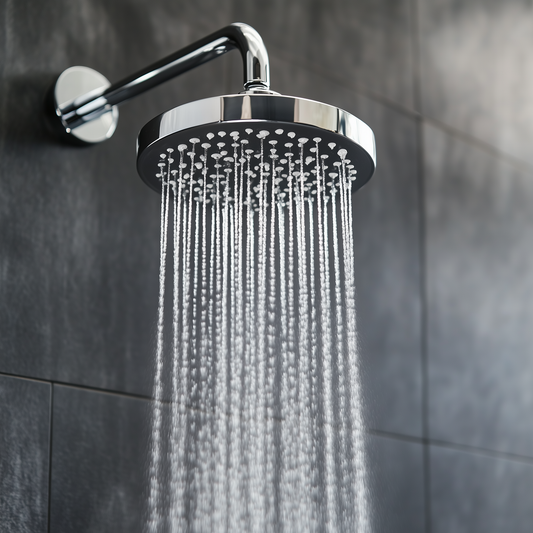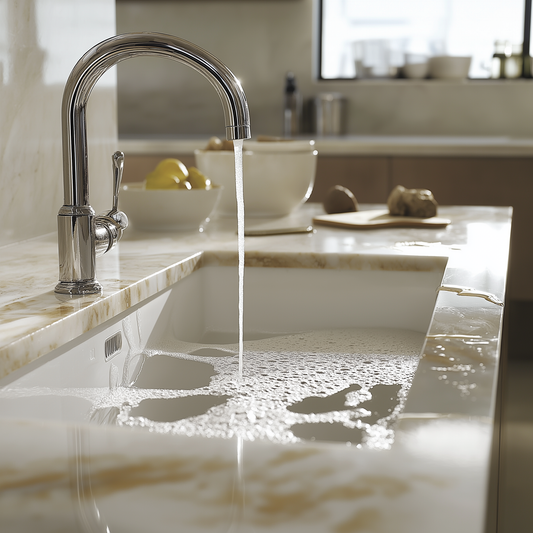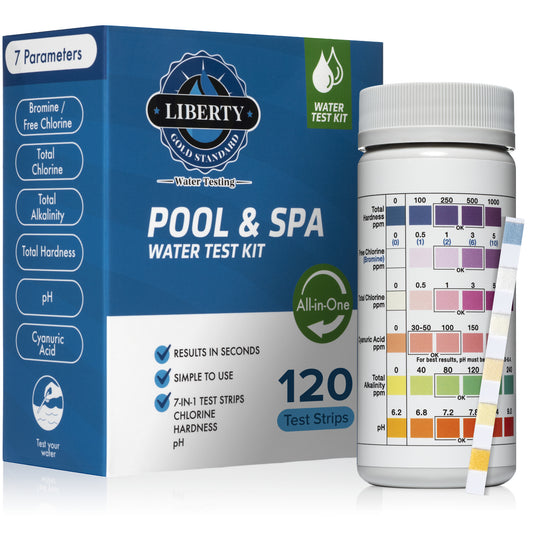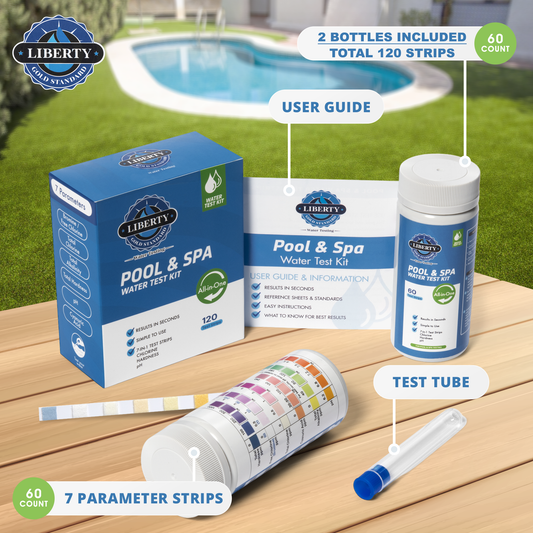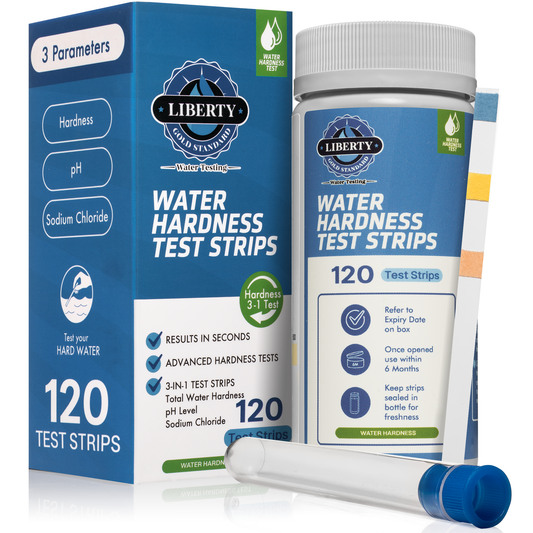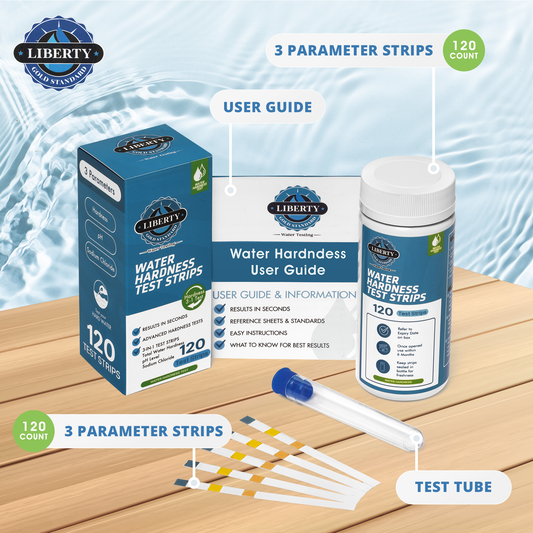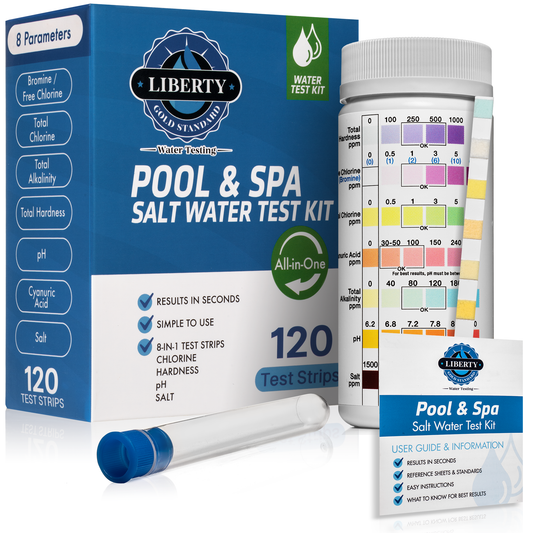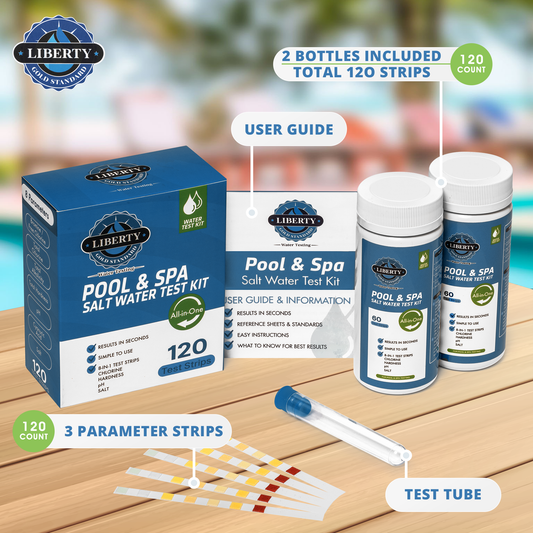When it comes to ensuring the safety of drinking water and pool water, understanding MPS water testing levels is crucial. MPS, or Monopersulfate, is a powerful oxidizer commonly used in water treatment to eliminate contaminants and maintain water quality. But what levels of MPS are considered acceptable for drinking water and pool water?
What is MPS Water Testing?
MPS water testing involves measuring the concentration of Monopersulfate in water to ensure it is within safe and effective levels. This testing is essential for maintaining water quality and preventing the growth of harmful bacteria and algae.
Acceptable Levels for Drinking Water
For drinking water, the acceptable level of MPS typically ranges from 1 to 3 parts per million (ppm). This concentration is considered safe for human consumption and helps to eliminate any potential contaminants in the water supply.
Acceptable Levels for Pool Water
When it comes to pool water, the acceptable level of MPS is slightly higher, usually ranging from 3 to 5 parts per million (ppm). This higher concentration helps to effectively sanitize the pool water and prevent the growth of algae and bacteria, ensuring a safe swimming environment.
By regularly testing and monitoring MPS levels in both drinking water and pool water, you can ensure the safety and quality of the water supply. Maintaining the appropriate levels of MPS is essential for protecting public health and preventing waterborne illnesses.
Benefits of using MPS in pool water
Using MPS in pool water offers several benefits. It helps reduce the demand for chlorine, which can lead to lower chlorine levels in the water. This can result in a more comfortable swimming experience with less chlorine odor and irritation. MPS also helps prolong the life of chlorine in the water, making it more effective in sanitizing the pool.
Additionally, MPS is compatible with most pool sanitizers and can be used in conjunction with chlorine or bromine treatments. It is a versatile product that can be used for regular maintenance or as a shock treatment to quickly restore water clarity.
